HERBS
Lemongrass has white, slightly bulbous stems with a lemony flavor and aroma. It’s typically used in cooking, not eaten raw. It’s popular in curries, fish, and poultry dishes. Lemongrass helps detoxify the body, stimulates digestion, and has a calming effect that can relieve insomnia and stress. It’s also known as citronella and is used as an insect repellent.
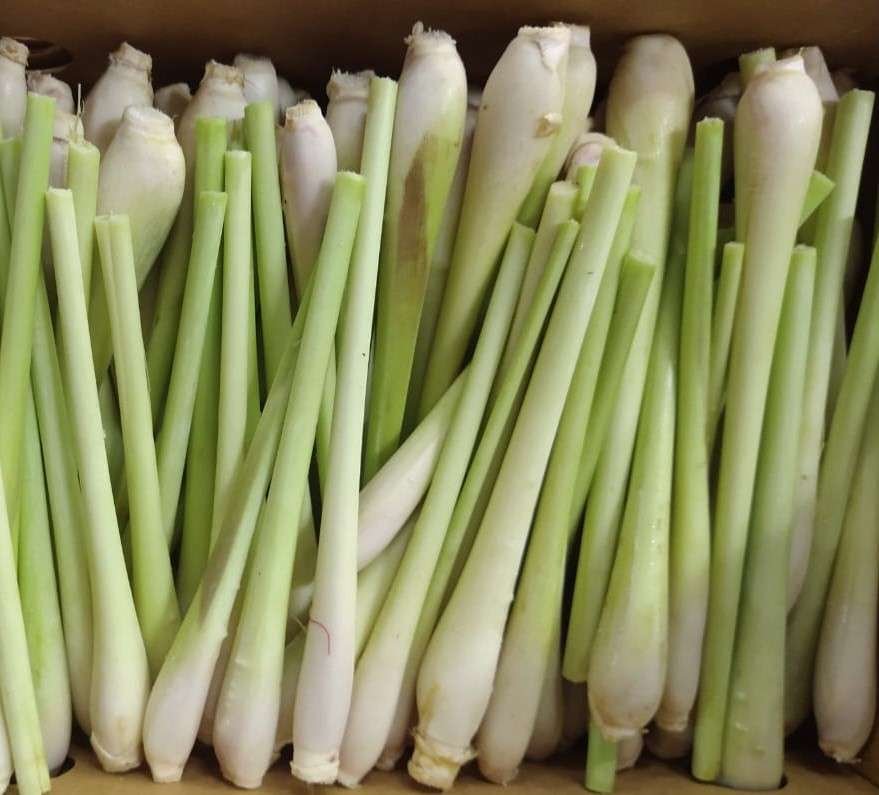
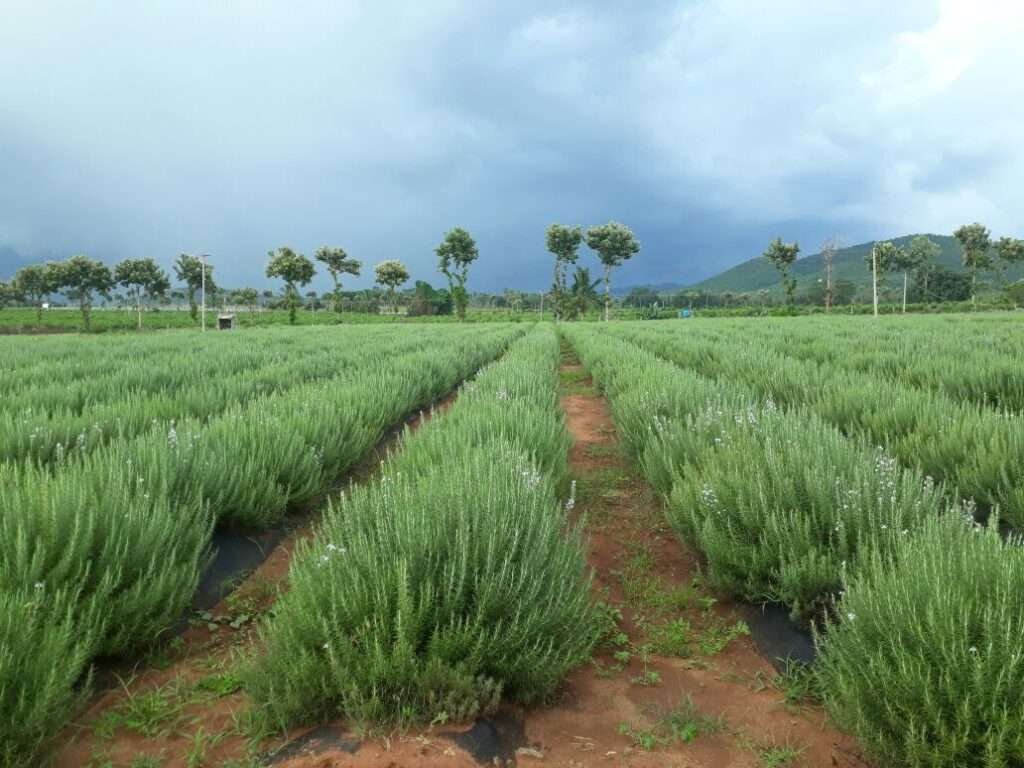
Lemon thyme and thyme leaves are small, green, and very aromatic, sometimes featuring small pink flowers. They are generally used in cooking rather than eaten raw, and are commonly added to stocks, marinades, stews, and stuffings. Thyme has strong antiseptic properties and is an excellent remedy for sore throats and infected gums. In the Middle Ages, judges used thyme to prevent gaol fever due to its antiseptic qualities.


Sage has green, textured, thin, oval-shaped, and highly aromatic leaves. It can be eaten raw but is best used in cooking, commonly in stuffings or with pork. Sage is beneficial for treating infected gums and mouth ulcers. There are over 750 species of sage. In the 17th century, sage was so highly valued that three chests of China tea were traded for one chest of sage leaves.
Basil has a strong scent and green, medium-sized leaves. You can eat it raw or cooked. It’s commonly used in tomato dishes and salads and helps with digestion. The name “basil” comes from the Greek phrase “Basilikon phuton,” meaning “kingly herb,” reflecting its esteemed status throughout history.
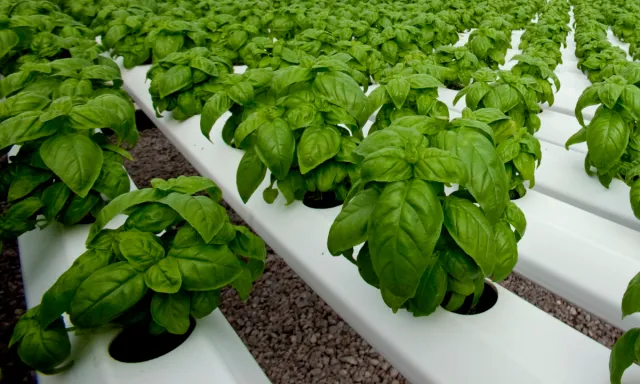
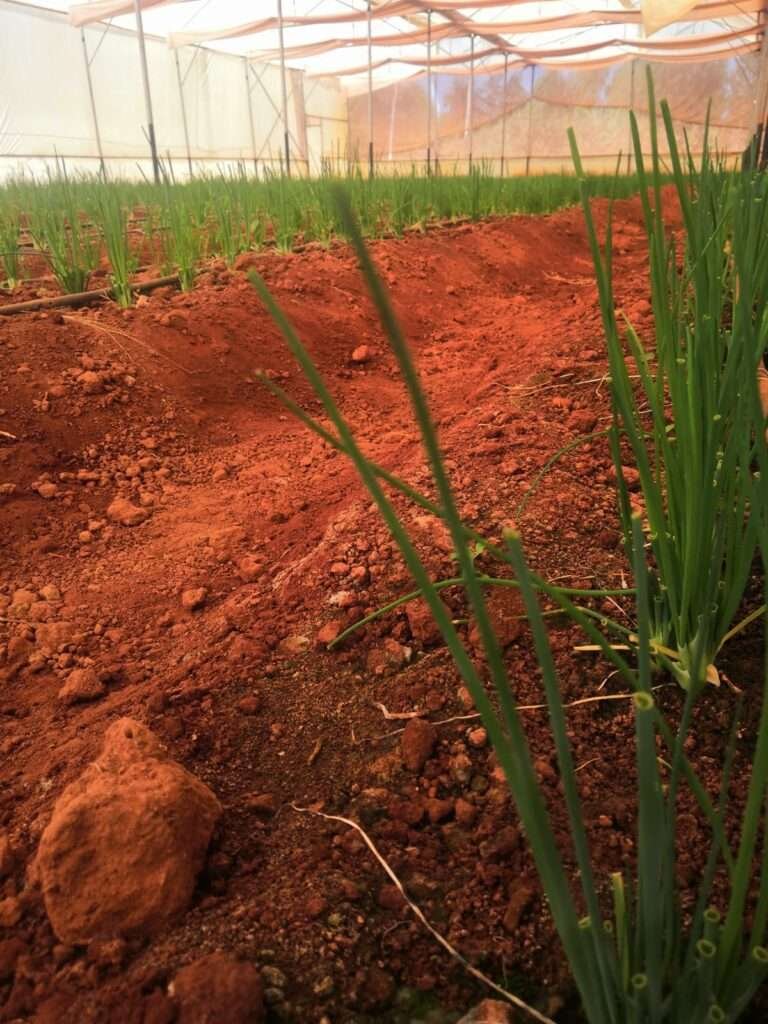
Mint has bright green leaves with a textured surface. It can be eaten raw or cooked and is commonly used in dishes with lamb or new potatoes. It’s also widely used to make mint sauce and tea. Mint is aromatic and has calming, antiseptic, anti-inflammatory, and antibacterial properties. This ancient herb was dedicated to the goddess Diana and has been used medicinally by the Greeks for around 2,000 years.


Coriander has scalloped leaves with a strong, distinctive scent. It can be eaten raw or cooked and is commonly used in curries, sauces, stir-fries, and salads. Coriander is beneficial for the digestive system and was introduced to Northern Europe by the Romans. It is also the best-selling fresh herb at Sainsbury’s.
Tarragon leaves are smooth, dark green, long, and narrow, with a strong aniseed flavor. They are generally used in cooking rather than eaten raw and pair well with chicken or fish. Historically, tarragon was used to treat toothache. There’s a story that Henry VIII divorced Catherine of Aragon due to her reckless use of tarragon.

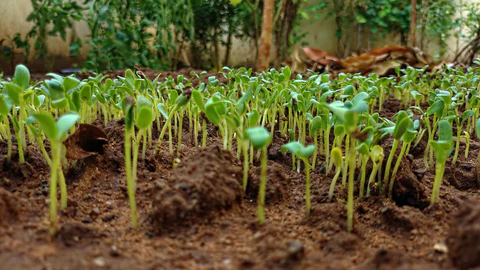
To grow fenugreek, a farmer selects a sunny location with well-draining, fertile soil enriched with compost. Seeds are sown directly into the soil in early spring or fall, kept consistently moist until germination, and the plants are thinned to ensure proper spacing. Regularly harvesting the leaves promotes continuous growth and provides fresh, nutrient-rich fenugreek.
To grow gongura, a farmer selects a sunny location with well-draining soil enriched with compost. Seeds or young plants are sown after the last frost, spaced appropriately, and watered consistently to keep the soil moist but not waterlogged. Regularly harvesting the leaves encourages new growth, ensuring a continuous supply of fresh, tangy gongura.
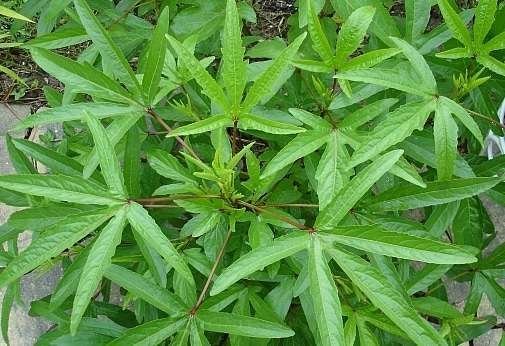
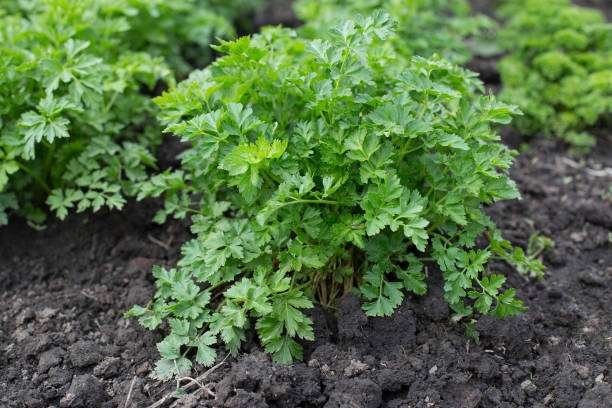
To grow spinach, we chooses partially shaded spot with fertile, well-draining soil enriched with compost. Seeds are sown in early spring or fall, kept consistently moist, mulched to retain moisture, and thinned for healthy growth. Regularly harvesting outer leaves ensures continuous production of fresh spinach.

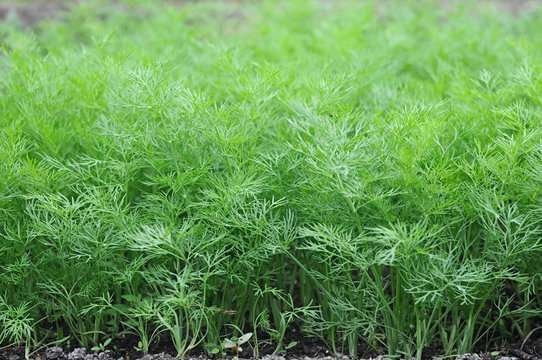
Dill has fine, aromatic green leaves that can be eaten raw or cooked. It’s great with fish, soups, and stews. Historically, dill was used as a medicinal herb to treat coughs and headaches, and dill tea or water remains a popular remedy for upset stomachs. In the Middle Ages, dill was valued for protection against witchcraft; magicians used it in spells, and people infused it in wine to boost passion.
